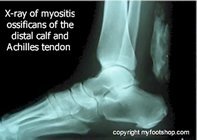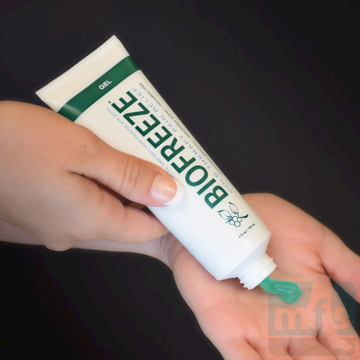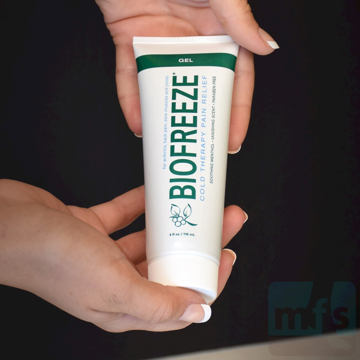- Summary
- Symptoms
- Read More
Myositis ossificans is a condition in which soft tissue turns to bone. Myositis ossificans, also called heterotopic ossification or fibrodysplasia ossificans progressiva, is an uncommon condition that shows no predilection for race or gender. Myositis ossificans occurs in adolescence and young adults. This predilection for young adults may be due to a more active lifestyle and a greater tendency for this age group to be involved in sports injuries, accidents, and assaults.
Symptoms
- Firmness of tissue to touch
- Limitation of range of motion
- Pain with range of motion
The symptoms of myositis ossificans include firmness of soft tissue with limited pain. Myositis ossificans is often diagnosed with x-ray as an incidental finding when an x-ray is taken for an unrelated musculo-skeletal problem. When symptomatic, symptoms include focal pain and swelling.
Description
Two forms of myositis ossificans are recognized: nonhereditary myositis ossificans and myositis ossificans progressiva. The first and more common form of myositis ossificans is caused by trauma to soft tissue. Trauma to soft tissue often results in a hematoma (localized pooling of blood or bruising.) If the hematoma is inadequately reabsorbed by the body, the hematoma is progressively sequestered and becomes calcified. Traumatic myositis ossificans is most commonly found in the skeletal muscle of the arms and legs.
One example of traumatically-induced myositis ossificans is injection trauma found at the site of injection into skeletal muscle by IV drug abusers. Drug abuser's elbow is calcification that forms in the biceps muscle when drugs are repeatedly injected into the muscle.
The second form of myositis ossificans, myositis ossificans progressiva, is an inherited form of myositis ossificans known to be caused by an autosomal dominant gene.
Causes and contributing factors
Hypercalcemia (high calcium levels) is a known contributing factor to myositis ossificans. Hypercalcemia may be due to excessive vitamin D intake, hyperparathyroidism, aluminum toxicity or parathyroid carcinoma.
Differential diagnosis
The differential diagnosis for myositis ossificans includes:
Achilles tendinitis
Arthritis of the foot and ankle
Fracture
Gout
Pseudogout
Septic arthritis (infected joint)
Soft tissue or bone tumor
Treatment
In many cases, treatment of myositis ossificans is limited and only necessary if the ossified lesion becomes symptomatic. Excision of the calcified mass is the treatment of choice. It's important to recognize that in many cases, excision of the calcified mass may not be indicated. If hypercalcemia is present, the source of hypercalcemia should be identified and corrected.
When to contact your doctor
Questions regarding myositis ossificans should be directed to your podiatrist or orthopedist.
References
References are pending.
Author(s) and date
![]() This article was written by Myfootshop.com medical advisor Jeffrey A. Oster, DPM.
This article was written by Myfootshop.com medical advisor Jeffrey A. Oster, DPM.
Competing Interests - None
Cite this article as: Oster, Jeffrey. Myositis Ossificans. https://www.myfootshop.com/article/myositis-ossificans
Most recent article update: January 14, 2021.
 Myositis Ossificans by Myfootshop.com is licensed under a Creative Commons Attribution-NonCommercial 3.0 Unported License.
Myositis Ossificans by Myfootshop.com is licensed under a Creative Commons Attribution-NonCommercial 3.0 Unported License.










